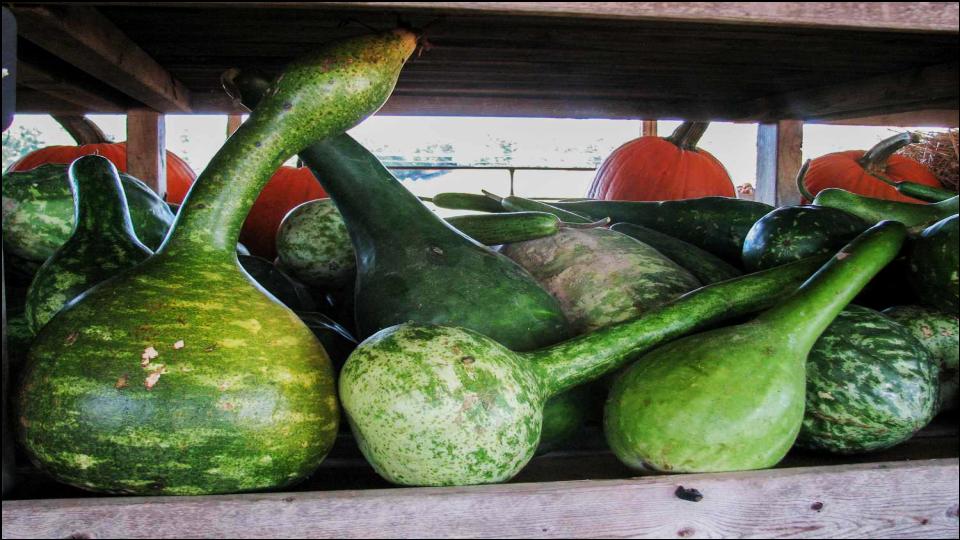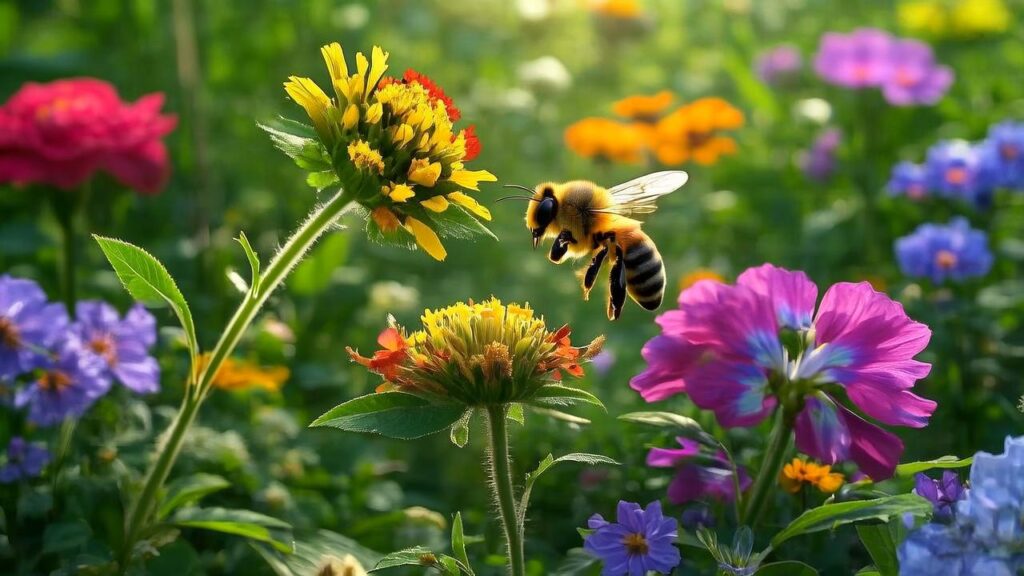A gardener who thought she was growing pumpkins recently harvested a giant, curved green gourd, sparking a viral social media discussion and prompting experts to issue warnings about consuming unidentified produce. The discovery of the mysterious plants underscores the potential for seed mix-ups and the rare but serious health risk known as “toxic squash syndrome.

Gardener’s Surprise Harvest Highlights Risks of Mysterious Plants
| Key Fact | Detail |
| The Discovery | A home gardener expecting pumpkins instead grew a massive, curved, speckled green gourd. |
| The Identification | Online communities identified the plant as a probable bottle gourd (Lagenaria siceraria), likely from a mislabeled or cross-contaminated seed packet. |
| The Primary Risk | Eating certain unidentified or wild-cross-pollinated gourds can cause “toxic squash syndrome” due to high levels of compounds called cucurbitacins. |
| Warning Sign | The single most important indicator of a toxic gourd or squash is a strong, unpleasant bitter taste. |
A Gardener’s Shocking Discovery
What was intended to be a pumpkin patch turned into a botanical puzzle for one home gardener this month. In a social media post that quickly gained traction, the grower shared a photo of a bizarre harvest: a sprawling, pale green vegetable with a long, curved neck, unlike any pumpkin she had planted. “What in the world did I grow, and can we eat it?” she asked the online gardening community.
The gardener explained that the seeds were likely purchased from Baker Creek Heirloom Seeds, a popular U.S. supplier known for offering a wide variety of uncommon vegetables. She had been tending to what she believed were pumpkin vines, only to “pull back some leaves and unearth whatever this is.”
Online commenters and horticulture enthusiasts quickly weighed in, with the consensus identifying the unidentified plant as a bottle gourd. Also known as calabash or lauki, the bottle gourd is a common vegetable in South Asian cuisine. However, experts noted that its edibility depends heavily on its maturity and variety. “Bottle gourd is edible when super young,” one commenter advised, “but if it feels hard then it’s probably too late.”
The Science of the Mysterious Plant
Such gardening surprises are not uncommon, according to horticultural experts. They typically occur through one of two primary scenarios: accidental seed mix-ups during packaging or cross-pollination in the field where the seeds were produced.
“Plants within the same species can cross-pollinate,” states the Oregon State University (OSU) Extension Service. The family of plants known as Cucurbitaceae—which includes zucchini, cucumbers, pumpkins, and various gourds—is insect-pollinated. If pollen from an inedible, ornamental gourd fertilizes the flower of an edible squash variety, the seeds from that resulting fruit can produce offspring with unpredictable and potentially dangerous traits.
This genetic lottery is why volunteer plants that sprout from compost piles are often viewed with suspicion. A seed from a delicious pumpkin eaten last year could have been cross-pollinated, producing a bitter and toxic fruit the following season.

A Cautionary Tale: ‘Toxic Squash Syndrome’
While a gardening discovery of a giant vegetable can be amusing, consuming it without proper identification poses a genuine health risk. Many inedible gourds and wild cucurbits contain high levels of chemical compounds called cucurbitacins. These substances act as a natural defense against insects and are responsible for a powerful bitter taste.
When ingested by humans, even in small amounts, these toxins can lead to cucurbit poisoning, commonly known as “toxic squash syndrome.” Symptoms include severe stomach cramps, nausea, vomiting, and diarrhea. In a 2018 study published in the journal Clinical Toxicology, researchers in France documented 353 cases of poisoning linked to bitter-tasting squash between 2012 and 2016. While most cases were minor, nearly 4% were classified as moderately severe.
“If you take a bite of squash and notice a nasty taste, spit it out and throw it away,” advises MedicineNet, a health information service. The bitterness is a clear warning sign from the plant that it contains a high concentration of toxins.
Expert Advice for Gardeners
The key takeaway for gardeners is to exercise caution with any plant that does not match what was intended to be grown.
Dr. Anjana Kalia, a nutritionist, told the publication OnlyMyHealth that environmental stress—such as high heat or drought—can also increase cucurbitacin levels in normally edible plants. However, the dangerously high levels are most often linked to genetics.
Experts from the OSU Extension Service offer clear guidance:
- Trust Your Taste Buds: If a squash or gourd tastes extremely bitter or “off,” do not eat it. A small taste test of a tiny piece is the safest first step if you are uncertain.
- Be Wary of Volunteers: Think twice before eating fruit from a “volunteer” plant that you did not intentionally cultivate.
- Use Reputable Seeds: Purchase seeds from trusted commercial suppliers to minimize the risk of cross-pollination.
In the case of the viral mysterious plants, the gardener was advised by the online community to save the mature gourd for decorative purposes, such as crafting it into a vase or birdhouse, rather than risking a meal.
The incident serves as a valuable, real-world lesson for the millions of people who enjoy home gardening. While the allure of a surprise giant vegetable is strong, safety must remain the top priority. When in doubt, the safest course of action is to admire the strange harvest from a distance.
An Elegant Survivor: The Ultimate Guide on How to Take Care of a Snake Plant Indoors
